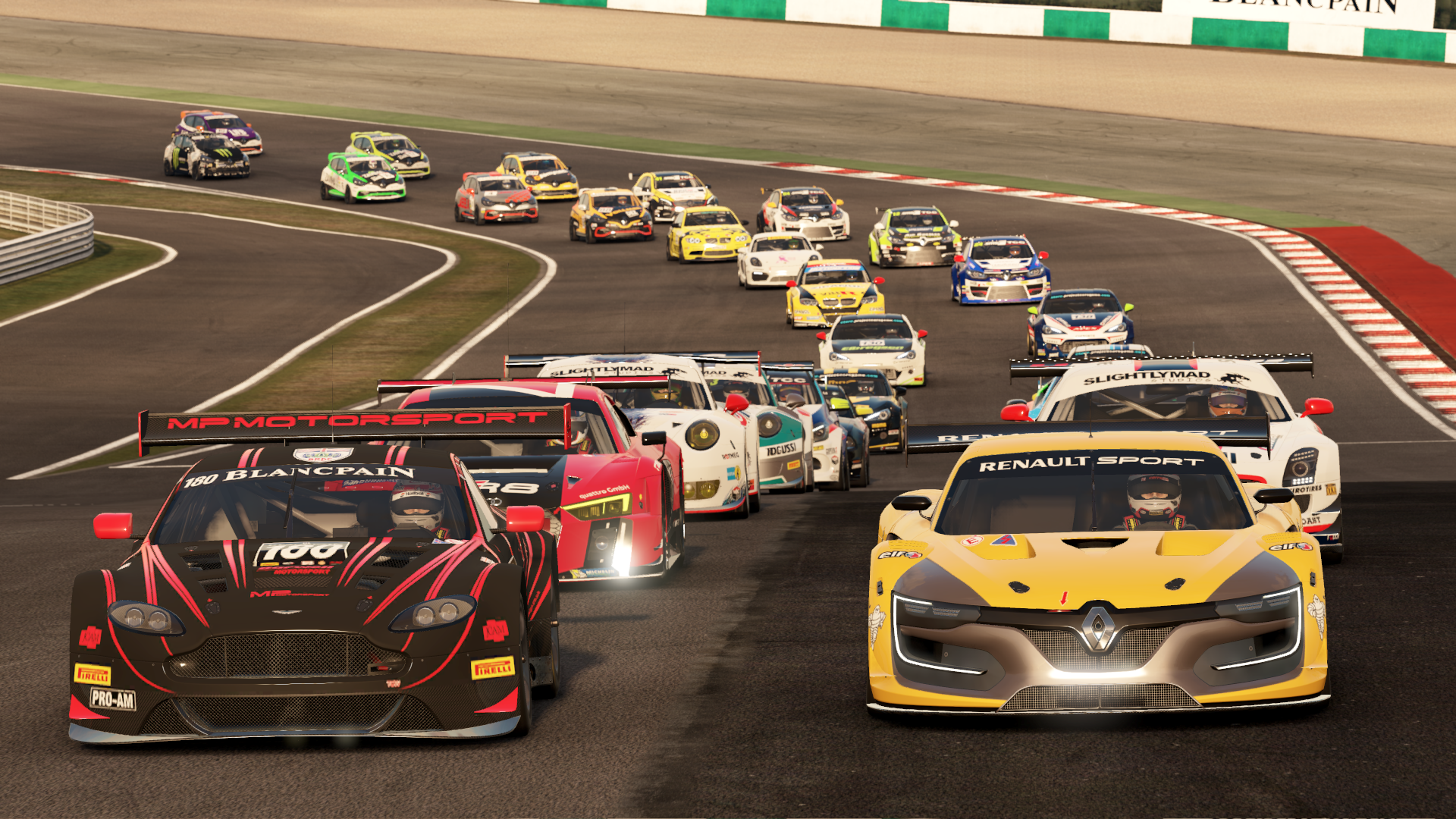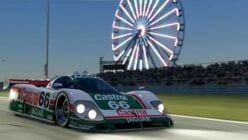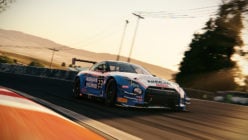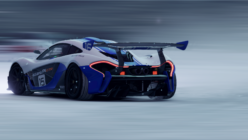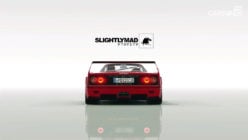While we were at E3 2017 last week, we got time behind the wheel of some of this year’s most anticipated games. One of these titles was Project CARS 2, shown off in the Bandai booth. On the show’s first full day, we sat down with Slightly Mad Studios for more info on the game.
There’s a lot riding on Project CARS 2. Pre-show excitement for the game was arguably the highest in the genre, not least due to an E3 sizzle reel announcing the September 22 release date. In LA, the Slightly Mad Studios team was very bullish about the ways PCARS2 moves the genre forward, and addresses criticisms from the first game. There were numerous jabs at other titles at the show, making the message clear: SMS is proud of its product.
Of all the game’s features, however, we’re most excited about PCARS2’s dynamic track environments and online features. We have simply never seen a game with such a diverse array of track conditions. It’s a big step forward for the entire genre, and if the SMS team can pull it off, it will raise the standard and put other developers on notice. The game’s online features could make it the platform of choice for anyone hosting or broadcasting sim-racing competition.
Armed with the knowledge gleaned from the presentation, we sat down to get some first-hand experience with the game.
Graphics and Sound
First impressions are good. Project CARS 2 looks great in motion, moving the game on considerably from the first title. Whereas Project CARS had moments of graphic brilliance in 2015, the sequel is much more consistent in its eye-candy.
Of particular beauty is the time progression. As we sliced through the pack in a Ferrari 488 GT3 at recently-confirmed Algarve, the sun slowly set. The lighting took on a warm glow as shadows grow longer, and before we realized, we were running in darkness. The track was illuminated by the headlights of the pack, and we picked out braking points via the glow of taillights ahead.
Out of the big three releasing this year (this, GT Sport, and Forza 7), it was looking like this sort of experience would only be available in PCARS2. As it turns out, FM7 will also feature dynamic time of day. SMS has gone one further however, introducing different seasons via LiveTrack 3.0. While we didn’t get to try this out on the show floor, a closed-door demo reel certainly looked impressive.
The audio was another strong point for the game. Simply put, there’s a cacophony of noise from inside the 488. You hear the turbos breathing behind your head, and the sequential ‘box slamming home the next gear. Rolling over the rumble strips produced a convincing thump-thump-thump, while sand pinged off bodywork when you ran wide.
Sadly, while there was a VR setup at the Thrustmaster booth, we didn’t get a chance to try it. As you’d expect, it was running Oculus Rift — there’s been no confirmation of PlayStation VR support yet.
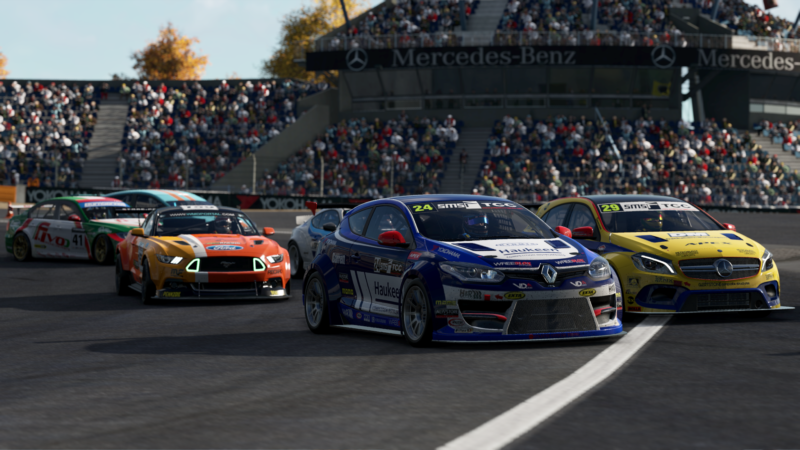
Controls and Physics
We experienced Project CARS 2 with both a wheel and a standard controller. Unfortunately, this aspect wasn’t as impressive as the sights and sounds.
Driving the Ferrari at Algarve, the gamepad felt twitchy and disconnected. Even after a few laps, we felt uncomfortable and frustrated, constantly making awkward steering adjustments to keep the car on the racing line. It was not fun to play, and we were ready to put the pad down and move on to the Logitech wheel.
We chose the same car and track combination with the wheel and, although it was better, it still wasn’t ideal. There was an unsettling disconnect between the car’s behavior and our inputs — there just was no “feel” of what the car was doing. We blame this on the virtually non-existent force-feedback through the G29, which was weak and muted.
To test, we tried cutting corners, throwing the stiffly-sprung 488 GT3 car over the tall yellow curbs at Algarve. Unfortunately, this had no obvious impact on the car. The force feedback was completely silent, offering no indication that we had just driven violently over a large concrete sausage.
Having said all this, we’re well aware our experience with Project CARS 2 runs directly counter to that of Inside Sim Racing’s John Sabol. In his E3 video on the game, John praised the handling and force-feedback as a considerable improvement over the first title in the series.
What could account for the radical difference in opinion? John played the game with entirely different driving rigs. His first experience with the game was using a high-end CXC motion simulator, and his next session used the new Sparco/Thrustmaster wheel. Due to scheduling constraints, we weren’t able to play the game with either of these rigs. Sadly, this means we can’t comment on how the experience changed with the different hardware.
The GTPlanet team spent a lot of time at the show with John, and we talked about our different impressions. The most likely explanation is that there is some type of problem with how the game communicates force feedback to Logitech wheels. If that’s the case, however, we’re not sure why SMS would choose to show off its game at E3 using that hardware.
Our experience with the controller ran slightly more in line with Team VVV’s time with the pad. We did find ourselves making lots of mid-corner adjustments, for example. As for whether it’s a step up from the original game or not, the jury’s out. It seems there’s been some improvements to the linearity of using the sticks. However, with the lack of feedback, it’s still hard to tell how much lock your thumb needs to apply.
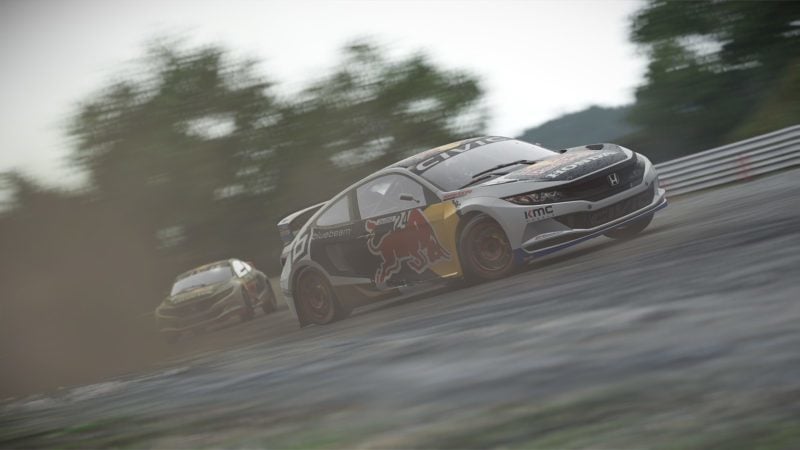
Getting Down and Dirty
We also played PCARS2 with a G920 in Logitech’s private meeting room, on one of the game’s new rallycross tracks. The force feedback was just as disappointing, but we didn’t mind so much, as we were having an absolute blast around the challenging dirt-and-asphalt course. The way the car behaved over the varying track surfaces was an impressive showcase of the game’s physics engine. It was just really, really fun.
Rallycross has begun cropping up in more and more games lately. We got a better idea of the sport’s inclusion in PCARS2 back in April. It’s hard to argue against it: in terms of spectator appeal, few disciplines do excitement better. With Project CARS 2’s built-in esports support, we expect this fast-paced style to prove very popular online.
Conclusion
The rallycross experience — along with the impressive graphics, dynamic tracks, great sound, and extensive online features — ultimately make us very optimistic about Project CARS 2, despite our disappointing impressions with the force feedback and game pad. If SMS can resolve this one issue over the next few months before the game’s September release date, it’s going to have a smash-hit on its hands, and will set a very high bar for both Gran Turismo Sport and Forza Motorsport 7.
Read up on more of impressions from E3 2017 below:
Gran Turismo Sport E3 2017 Hands-On Impressions
Forza Motorsport 7 E3 2017 Hands-On Impressions
WRC 7 E3 2017 Hands-On Impressions
See more articles on E3 2017, Logitech, and Slightly Mad Studios.

